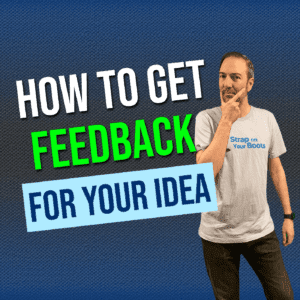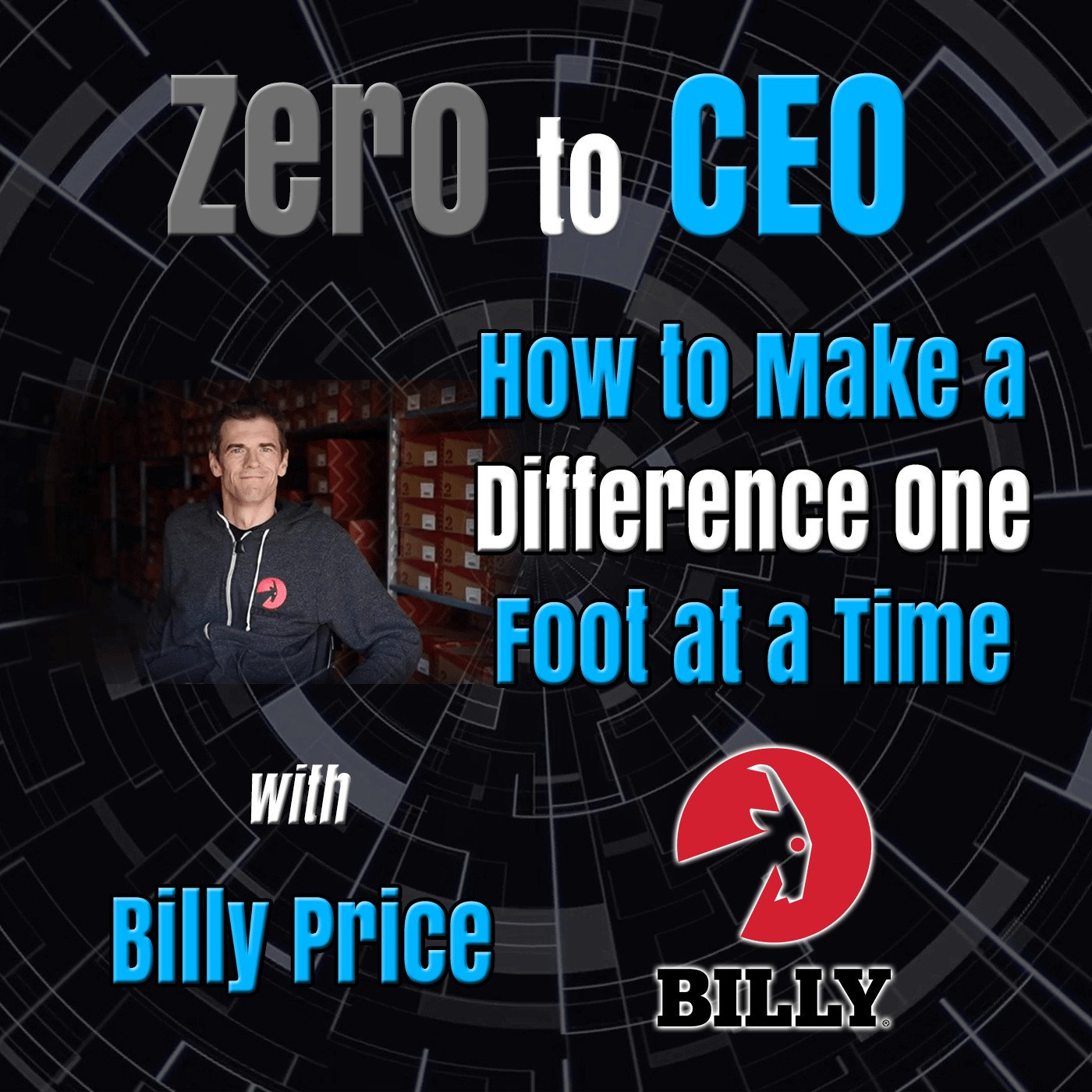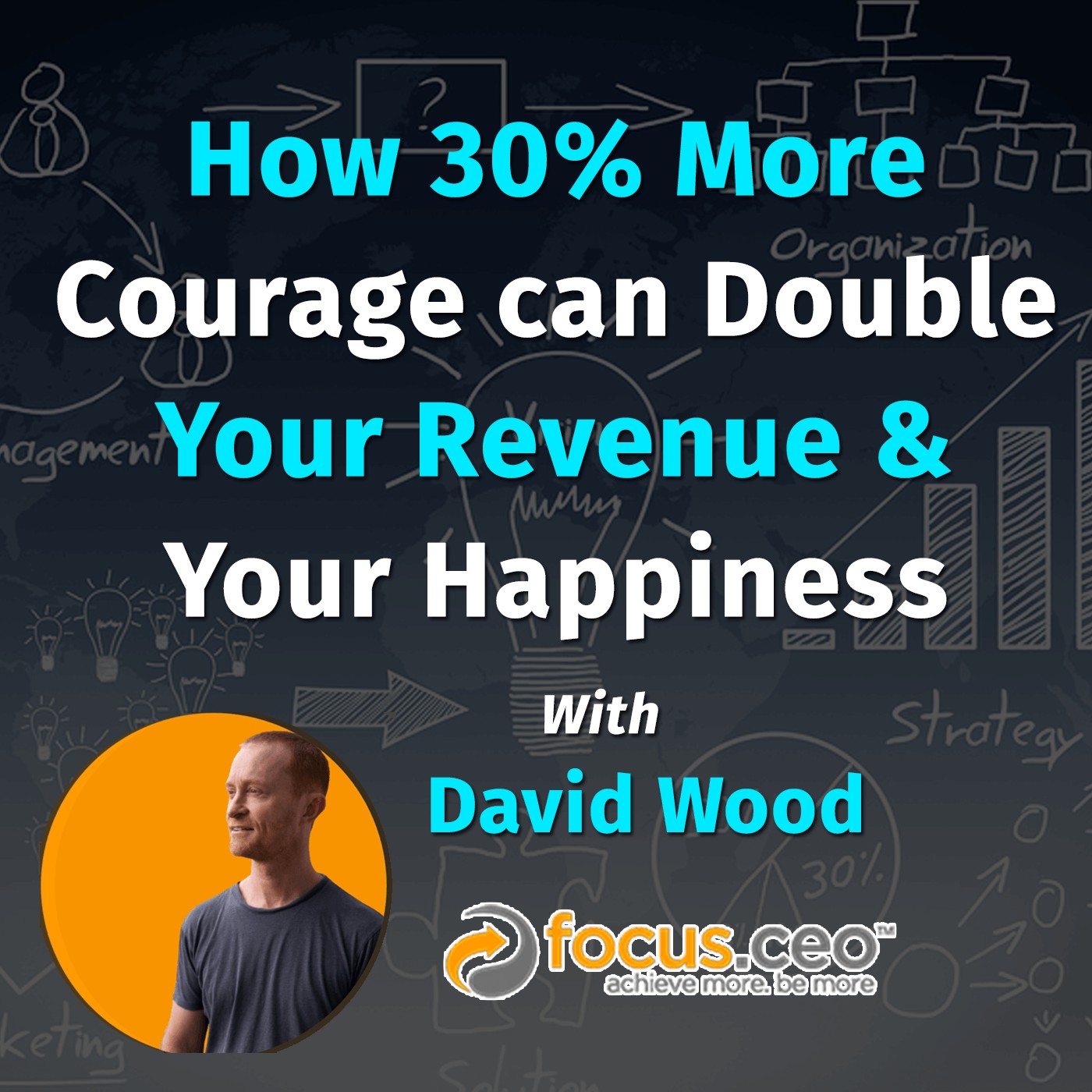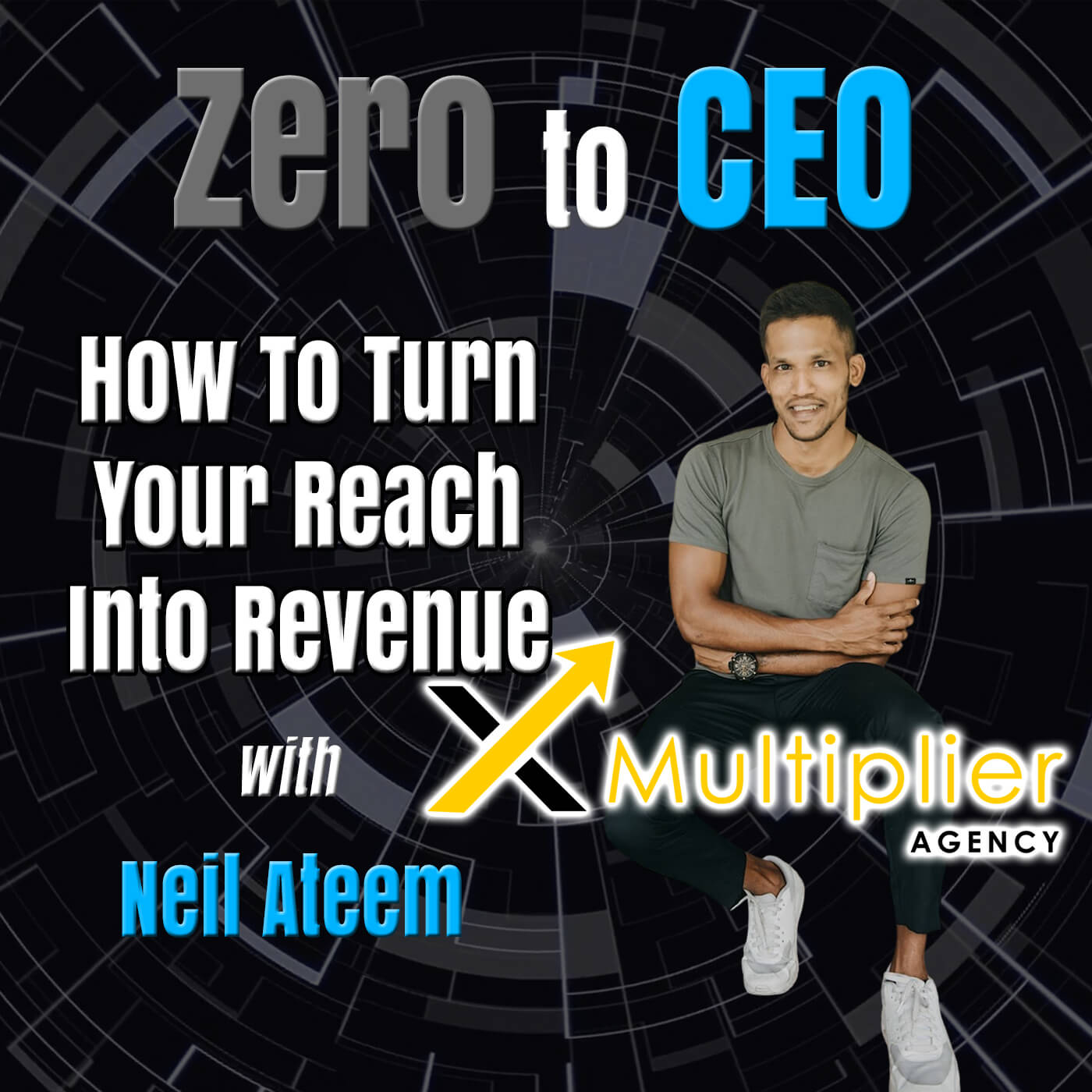How to get feedback for your idea

In this episode I talk about the process of getting feedback for your idea, your business, your product, or your app. The reason why I did this episode today is because I’m currently in the process of getting feedback for one of my businesses. The first thing you think of when it comes t feedback, is people coming up to you on the street and asking you to fill out a survey, right? And that’s not far off. Surveys are one of the more important pieces of getting feedback from people. But what I always tell people the most important way to get feedback is getting your product in front of people. I dive deeper into the process in this episode so tune in!
Listen to the Podcast episode here:
Or Watch the Video here:
Here’s the transcript from this podcast episode, please excuse any typos!
To get feedback in the first place. There’s a track and this is very common, I’ve even fallen into it because I get too much feedback early on. Meaning asking too many people for too much information about your idea. Let’s say you have a new mobile app, you want to build that you’re asking people for feedback on all these different features. And you get the feedback that you’re looking for. But it’s so much feedback from so many different directions that you end up not building the right product. So there’s definitely a fine line in terms of how much feedback to get and the process of getting it and that’s what I want to cover. So let’s talk about the first piece. The first piece of the process is you need some sort of tangible, visual element that you can show people whether it’s screenshots that you made in Photoshop, a 3d printed prototype, even drawings on a piece of paper, or just like an explanation, right, you need to have something that you can tell people in order to give feedback. I think personally, the best way to do it is visual. So if you can draw something or if you can design something in Photoshop or Canva and then show someone on your phone how it looks or how it works. That’s going to be the best feedback because they’re going to be able to point at something and say, Well, I don’t like that color, or I don’t like that button, or I think this option or this feature over here and that over there, which now is giving you UI UX or user interface, user experience or design feedback. Which is very critical in the early days of a mobile app. When it comes to a physical product, same thing. How are they holding the item in their hands? How are they using the item? If it isn’t used again, that feedback is going to tell you that maybe the tactile responses are not exactly what you’re looking for. You need to make some tweaks in your final products. But the process to get feedback can be very lengthy and you can sometimes just kind of give up and just go with your own decisions. Here is the part that I want to do.
This is why I want to do this episode. There has to be a moment when you decide that your choices are good enough to move forward with a certain aspect of your product. So I’m going to give you an example. Let’s say you have an app in the app, you can chat, which is very common on so many different apps, right? You can send chat messages. What if one of your team members says Well, I want the ability to send gifts, you know, because people love sending funny gifts in chat messages. Okay, well, does everybody want that? Or is it just you? Maybe you agree with this person that you say well, okay, I think gifts are a good idea. What about the 100,000 people that have yet to try your app? Maybe they don’t really want to send gifts. Maybe you have to build this chat, messaging part of your app. Put it into the hands of 10,000 people or so and ask them in a survey, we’re going back to surveys and say would you like the ability to send the gift in the chat? And if you get a large percentage of them saying yes, but you have your answer. But if you get a large percentage of them saying no. Well, you just dodged a bullet because including gifts in your chat messaging comes with a whole bunch of work that your developers or maybe yourself if you’re technically savvy will have to implement even if this includes using the giphy API or SDK, it’s still going to be work. Your goal is to get a minimum viable product MVP in the hands of people to get valuable feedback to add those features later.
That’s the process of getting feedback. You need to put something out in the market or show people something early on to get enough feedback that maybe they will start saying to you, I love your app, or I love your business or I love your product. But I feel like I would like to do this to where I would like for your app to be able to do this or I would like your business to be able to offer this service. When you start getting requests. That’s feedback. That is a suggestion. That is someone’s opinion in terms of whether they want this in your product. You have to ask yourself and you have to gather this data is how many more people want that. Right? This is the process. Once you have the feedback and you have the data now you have to gather more of it. And make sure that a large consensus of people want that service that feature or that product or whatever it is. You don’t want to waste time or money doing it. So the process continues. Right? We have other pieces here. Maybe you already have a product, maybe you already have a website or an app or service you already did.
Okay, so you’re past this part. Let’s go to the next part. How do you continue on getting feedback and getting suggestions and comments from your public? And the best way people have this is to hold a contest. If you’re already succeeding in a certain level this means you have people following you most likely on social media, whether it’s tick tock Instagram, Facebook, Pinterest, YouTube, LinkedIn, everywhere, right? You have 1000s of people following you and engaging on your posts because as a good owner, business owner, you’re posting regular content, right? I hope so. So now you come up with a really cool contest that engages the community for feedback. So here’s a very common example of one mobile app. You have an icon, the logo, everything and now you post a contest for your community, your users, your members to submit their logo ideas for App Icon ideas, and the winner gets 1000 bucks for a new MacBook computer or whatever laptop or phone. You can give away prizes and engage the community and say we want you to be a part of our act. And people love being a part of six right focus groups for TV shows. People used to go to see movie premieres and fill out surveys. They were products of forums where people would show up to a place and try a product and get their feedback through tasting at malls and shopping centers and grocery stores. I mean, the list goes on. This is people’s chance to be a part of your product. And the best feedback is being involved with the feedback actually being a part of the feedback, right saying this is what I like. Here’s my idea. And then on top of that there’s a secondary layer to me so after you win this contest, you get 10,000 entries right now, you post all the entries on your website or social media or both, and tell the public to vote on the best one.
So now these people have to share their design with all their friends and family. Get votes, votes, votes, and people are sharing at the same time. It’s a marketing strategy, they’re sharing your product or your app or your business right so you’re killing a bunch of guards with one stone, no killing of birds. No harm has been done to animals during this episode. But I’m gonna say you’re able to kind of do so many different things at the same time. You’re able to get a design for your app, which is important for your business or logo. You’re able to get feedback and engage the community in something that’s so they feel a part of your community. And you’re able to, of course, give out prizes, which is always great, good PR you’re getting good press. Maybe in the press people will say oh local business, just did a contest. And gave out a bunch of money or prizes. And then of course, at the end of the day, you’re getting people to use your business where you’re getting brand visibility and people are seeing what you’re putting out there. Now all that being said, the process of getting feedback or suggestions, comments basically people’s opinions of what you do. It can be daunting, and it can also be overwhelming because at times you’re gonna get a lot of information and a lot of opinions from a lot of different people. And so, what I want to finish this off with is how do you decide on what to implement? And what to push aside for later. It’s very hard to do.
And here’s what I can say, as a founder of a business, whether it’s an app or a product or service or anything at all. It’s your vision, your passion, it’s your idea. And it’s your business. If you have a certain level of commitment, and as you want to say maybe stubbornness, like you don’t want to nudge anything away or you don’t want to push anything away, you don’t want to move or change anything. There are certain things that you’re really kind of set on, stick to your guns. And yes, you should listen to feedback, but to a certain extent, you can’t let everybody swayed, because eventually what will happen is you have an idea for something, you’re getting all this feedback, and all of a sudden you’re realizing what you set out to build is really not what you’re building, you’re building something else now. That sounds like a pivot. To me. That’s that’s more of a pivot when you completely change, focus and change the path of what you’re building. So I say stick to your guns to build your vision, and then compromise on secondary features, secondary pieces that might not matter as much as the overall vision as long as the overall vision is intact. So for example, let’s say you’re building a house and you have a blueprint from an architect. Your dream house is going to be built okay fine. Build the dream house. And maybe you can allow some interior designers to come and give you ideas for furniture and curtains and kitchen appliances and the colors for the walls and the paintings and like the different bedrooms and you can decide on how it looks maybe and how it functions and how the things operate in the house. But the layout, the foundation, the core value of what you’re going to be living in, is your vision. And that’s what you got to stick to. Hopefully this helps. I would love feedback on this episode. So leave me some comments and suggestions on any other kinds of ways of getting feedback from people, how to listen to them, how to make decisions, and maybe how to gather feedback, whether it’s focus groups, online forums, Facebook groups surveys, in person on college events or anything at all. I want to hear how you get feedback and how you implement it. And I will answer every single one of you. As always, I will see you in the next episode.
![]()






